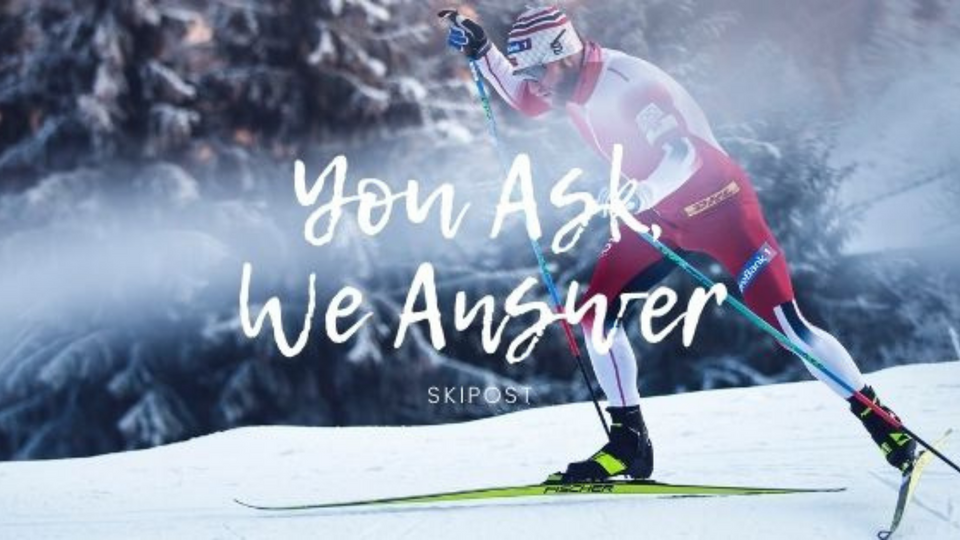Posted by You Ask We Answer Contributor Adam Terko on Mar 16th 2021
"I have to 'fight' the skis as they want to drift out"
Dear SkiPost,
I have over 30 years of skiing and racing, but starting last year, and beginning again this year, when classical skiing downhills I have to "fight" the skis as they want to drift out, or the tips of each ski to cross each other. Don't have any issues when skating, I'm thinking it's because the skating boot has a more rigid feel on the ski while classical boots have a looser feel because the heel needs to be off the back of the ski more. I'm doing something wrong because I could ski downhills with no problems in the past.
Additional info:
When I first started skiing in the late 70’s there was only classical technique so for many years that’s all I did, I then started competing in citizen racing in the early 80’s and also doing marathons, over the years maybe 50 of them, 15 Lake Placid Loppets, 2 Birkies, 8 Gatineau in Canada, and a few years back became a Worldloppet Master, completing marathons in 10 different countries.
I mention all this because I consider myself a really good downhill skier, I never had to “think” about my skis, instinctively skied around fallen skiers around corners etc., on days out by myself skiing and going downhills I’m fighting the skis, really have to push them down to maintain control, even edging them slightly, if I relax they want to wander all over the place. Skating is no issue I can go fast cut around corners and not even think about it.
Hi F,
Hope you're doing well. I can try my best to answer your question from a few different possible areas.
1) The skis
It could be possible that your current classic skis are too soft in terms of flex. This can happen with skate skis as well, and the most common term I've heard (and used) is "squirrely" to describe skis that wander.
Essentially, if a ski is too soft it means the tips and tails will not have enough contact pressure with the snow...I suppose a metaphor might be the balance required to ride a unicycle versus a bike. It's easier to balance on a bike (or well-flexed skis) because of the larger contact area distributing pressure over a bigger space, whereas on a unicycle everything is right under you.
It might be an interesting experiment to swap skis with a skiing partner or two (COVID-concerns taken into account) to see if you feel the same type of experience on other pairs, which could rule out or confirm this theory.
2) Hip and ankle strength
In terms of your body and being able to respond to downhills and ski control, two critical areas are the ankles and hips. The ankles, most directly, impact ski control through their strength and coordination. You're correct that without skate boots there is a bit more control needed...this is great on the climbs because when classic skiing you really want to feel the full range of motion when rolling the foot through the kick. However there's less support for descents.
Ankle strengthening exercises are numerous if you look at some PT sites for rolled ankles...lots of common ones include writing out the alphabet with each foot, or using a long sock with some weight in it to make "foot circles" in the air for strengthening.
People often underestimate how much the hips can impact the stability and control a skier has, too. Even if you weren't writing-in about this topic, I'd still suggest taking some time each week to incorporate hip strengthening through the use of resistance bands which are cheap and generally easy-to-find. Here's a video I put together of the quick band routine our Juniors do before most every running workout!
The stronger the hips and ankles, the more you should be able to control the skis without using too much extra energy!
Hope those are, at the very least, some helpful starting points. Happy skiing-
-Adam Terko
Mt. Mansfield Nordic Coach

